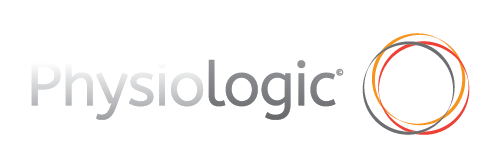Cyclist… experiencing pain in the front of the knee?
 Cycling is regarded as a safe low impact sport which results in very few injuries, however the reality is often a little different to this widely accepted view. The repetitive nature of the sport does predispose participants to overuse injuries. These problems occur when the structures involved cannot tolerate or recover effectively from repetitive loading.
Cycling is regarded as a safe low impact sport which results in very few injuries, however the reality is often a little different to this widely accepted view. The repetitive nature of the sport does predispose participants to overuse injuries. These problems occur when the structures involved cannot tolerate or recover effectively from repetitive loading.
The knee is by far the most common segment of the body where overuse injuries occur in cyclists. Although various parts of the knee can potentially be injured, the front of the knee is by far the most common. The umbrella term ‘anterior knee pain’ refers to pain or injury within this part of the knee. Symptoms can vary depending on the structure involved but usually consist of sharp strong pain during the push phase of cycling, swelling during and post ride, clicking which can also be painful, pain or ache after cooling down or the following day.
Knee structures that are typically involved are, soft tissue (ligament, joint capsule, plica, fat pad, bursa) around the knee cap, the joint underneath the knee cap (patello-femoral joint), the patella and quadriceps tendon.
So what are the key contributing factors that lead to anterior knee injury?
Technique:
I have started with this because it is an all too often over looked component of cycling and something that I consistently encounter in the clinic when managing injuries in cyclists. We often hear of what intervals, hills climbs or distances people are doing in training but when was the last time you hear a fellow cyclist say………’I’m just going to work on my technique today’…..probably never would be my guess. Fortunately problems in this area are largely changeable which usually leads to fantastic results when managing the injury. Although there are a number of common faults linked with anterior knee pain which can be identified with a cycling specific screening and video analysis there is one that repeatedly rears its head……poor activation of the gluteal muscle group. These muscles powerfully extend the hip on the down stroke which takes some load off the the quads (thigh muscles) and hence the knee (and makes us faster!). They also play an important role in avoiding inward rotation of the femur (thigh bone) which is commonly involved in anterior knee pain. It is not all about the glutes however, other issues involve the calves, hamstrings, hip flexors, and of course cycling specific core stability. All of these are commonly managed with specific exercise prescription and technique drills.
Training habits:
So we have discussed how anterior knee injuries are often overuse problems. So of course it goes without saying that increases in training duration, frequency, intensity can be involved in the onset of pain and injury. It is also important to closely monitor and graduate additions to training such as running, gym work which can lead to an increase in loading at the knee.
Bike fit/position/equipment changes:
Now onto something that probably does get a bit more attention than technique or training habits…..however there are still a large percentage of cyclists riding around in positions that could be far more comfortable, efficient and low risk in terms of overuse injuries. A professional bike fit that ensures the correct mechanical relationship between body and machine is essential to reducing unwanted mechanical overload that leads to overuse injuries.
All of the above are modifiable risk factors. Unfortunately we can’t prevent all crash related injuries but we can have a profound impact on the risk factors that are most closely related to anterior knee pain in cyclists.
If you would like more information regarding cycling related injuries or would like to book in please contact the clinic (55787155) or email admin@physiologic.com.au for more info.
